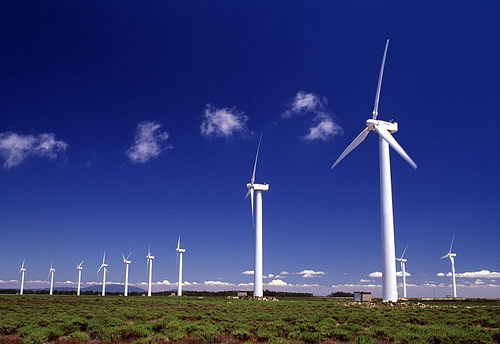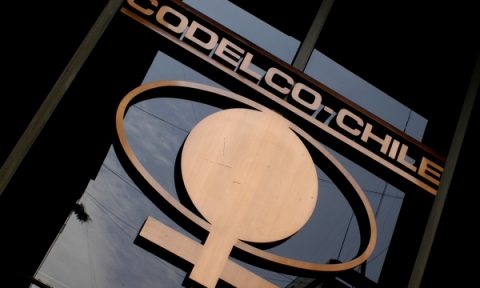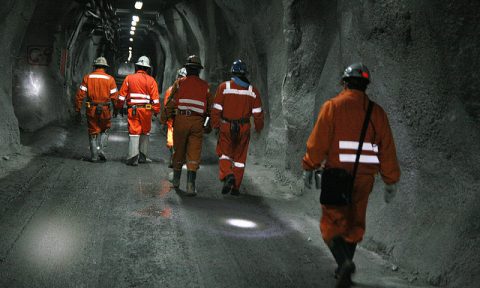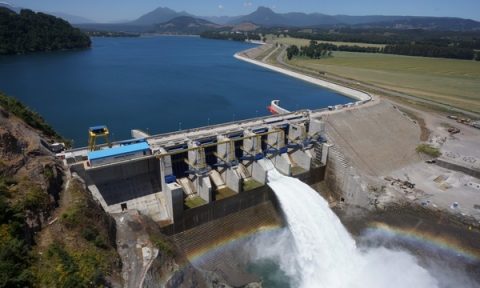Call to increase in 20% renewable energy generation by 2055

American scholar says it is the only way to keep up to two degrees Celsius in global temperatures.
In the next 40 years should be increased by 20% the generation of clean energy sources to avoid drastic effects of temperature rise associated with climate change, warned the American researcher from the Massachusetts Institute of Technology (MIT), Tonio Buonassisi.
The MIT scholar gave a lecture at the Center for Research and Advanced Studies of the National Polytechnic Institute (IPN), in Mexico City.
“If we want to avoid an increase of more than two degrees Celsius global temperature we need to increase energy generation with low carbon such as geothermal, tidal, wind and solar in an amount of 20% by the year 2055,” said Buonassisi.
The head of the Research Laboratory of MIT Photovoltaic Solar Energy indicated that one of the biggest challenges facing his laboratory is to manufacture photocells exceeding efficiency of those existing in the market.-
“In the medium term we need innovation in the development of silicon crystals (one of the most used materials in the manufacture of photovoltaic cells) to improve performance to a level of 21%,” he said.
Buonassisi said in his lab they are currently testing the prototype design of solar cells that combine two layers of materials: the upper, an organic-inorganic hybrid formed by ammonia-methyl and iodide lead, and at the bottom, conventional silicon crystals .
“Using two different materials that absorb different portions of the spectrum of sunlight we can reach much higher efficiency than the one which would be obtained with a single type of photocell” he said.
With this kind of prototypes in series could be achieved efficiencies of up to 70% in the conversion of light into electricity, but for now the goal is to reach at least 30%, explained the doctor of science and technology applied by the University of California-Berkeley (USA).
The other research line, even more advanced Buonassisi to say, seeks to integrate the solar cell’s ability to store energy. This is immersed in water test devices which can “break” the molecule into its constituent elements: hydrogen and oxygen.
This chemical reaction requires a small amount of energy is extracted from the cell itself. The hydrogen and oxygen obtained can be stored separately and then combined again as needed to generate electricity.
Another major challenge faced is to find suitable materials for manufacturing cells. Some elements that are used intensively for it, such as gallium, indium, tellurium or silver are scarce and expensive.
“We have to see how an element is scalable for mass use in the manufacture of solar cells,” raised the researcher, who invited the Mexican students to explore opportunities for innovation in this field.
Source: La Tercera











